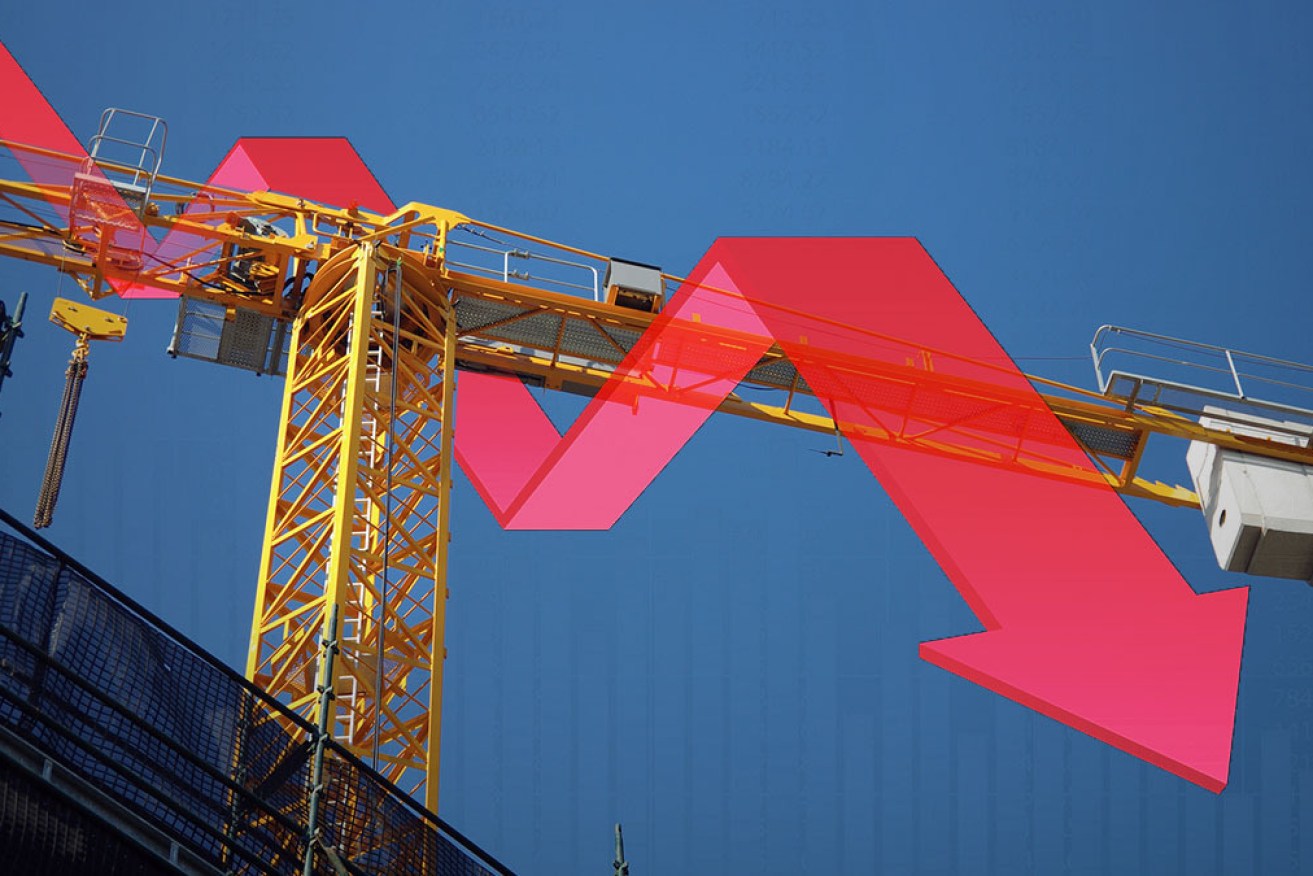Businesses cutting 90 jobs every hour as stimulus wound back


Data points to renewed job shedding. But it may not be as bad as it looks. Photo: TND
New figures suggest businesses shed another 30,000 jobs over the two weeks to October 17.
That equates to roughly 90 jobs every hour.
Released by the Australian Bureau of Statistics on Wednesday morning, the data points to continued job shedding across the country after cuts to JobSeeker and JobKeeper at the end of September.
But some economists remain unconvinced that the two events are linked and have raised concerns about the data’s reliability.
The latest figures show payroll jobs fell 0.8 per cent over the two weeks to October 17 and are now 4.4 per cent lower than they were on March 14.
This means businesses have roughly 470,000 fewer jobs on their payrolls today than before the pandemic, and 30,000 fewer than on October 3.
The ABS data is an experimental series based on single-touch payroll information provided by the Australian Taxation Office.
It is not adjusted for seasonal variation and is prone to upwards revision.
But Indeed APAC economist Callam Pickering said it nonetheless paints a worrying picture of a stagnant recovery – and not just in Victoria, but across the whole country.
“Weekly payrolls are down 4.4 per cent compared with pre-crisis levels, reflecting an 8 per cent decline in Victoria and a 3.1 per cent decline in the rest of Australia,” Mr Pickering said.
“While there has been considerable focus on Victoria recently, we shouldn’t underestimate the persistent economic damage evident across the country.”
All states and territories lost more jobs than they created over the two weeks to October 17 – with New South Wales (down 1.3 per cent) and the Northern Territory (down 1.1 per cent) suffering the greatest losses.
Meanwhile, in contrast to earlier claims that the recession has disproportionately affected women, the ABS data shows payroll jobs are down 5.3 per cent on pre-crisis levels for men, but 4.7 per cent for women.
This suggests women lost more jobs than men during the early stages of the pandemic but have recovered jobs more quickly.
Among the industries affected there was less change, however.
The arts and hospitality sectors are continuing to shed jobs and seven months into the crisis remain the hardest hit.
Construction and agriculture are also rapidly shrinking their workforces, with payroll jobs in the former falling by 3.6 per cent over the two weeks to October 17 and by 4.1 per cent in the latter.
But public administration, finance, utilities and health care have defied the national trend. These industries have larger workforces today than before the pandemic.
Mr Pickering said the tapering of JobKeeper and JobSeeker spelled bad news for all industries, though, as the two programs “have effectively held the economy together through an unprecedented and extraordinary period”.
“The gradual reduction in these support measures could prove disruptive to Australian businesses and households, who are already doing it tough,” he said.
“Considerable damage has been done to the Australian labour market during this crisis and the persistent weakness in these payroll figures suggests that the impact will linger into next year and beyond.”
Few economists would contend that the labour market will recovery quickly from COVID-19.
Yet it’s not all doom and gloom.
Separate figures released by the ABS on Wednesday reveal retail turnover slipped a further 1.1 per cent in September after a 4 per cent plunge in August.
But this partly reflected the end of an unsustainable spending spree triggered by massive stimulus payments and a lack of alternative avenues for consumers spending, thanks to government restrictions.
Despite the monthly fall, retail turnover was still 5.6 per cent higher in September than the same time last year.
And other datasets suggest the overall hit to the economy – although seismic – will be less severe than anticipated.
Tweet from @CallamPickering
Data from Commonwealth Bank, for example, shows the total amount of wages and salaries paid into Australian bank accounts has remained stable over the past four weeks, while the number of JobSeeker recipients has edged up only slightly.
CBA head of Australian economics Gareth Aird told The New Daily this suggests the ABS payroll data had overstated the number of recent job losses.
“The economy has definitely picked up since the middle of the year,” he said, echoing similar comments by the Reserve Bank governor.
“The monthly labour force data has always been seen as pretty premium data – and that shows that hours worked [across the whole economy] outside Victoria has been rising pretty strongly through the September quarter.
“Our spending data also shows a pretty solid improvement. And with the economy further opening up in Victoria, that’s going to pick up further over the fourth quarter.”
Mr Aird said we will gain a clearer picture of the jobs market when the October labour force data is released on November 19.











